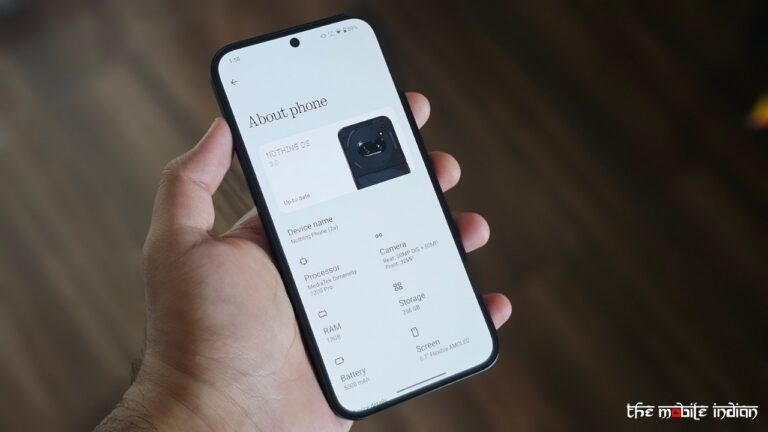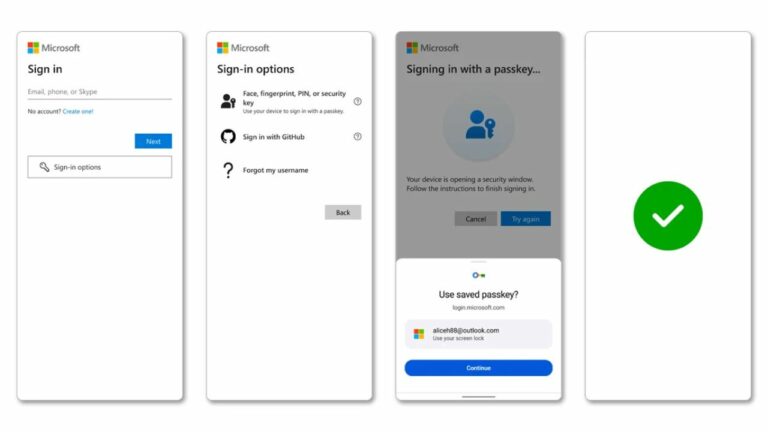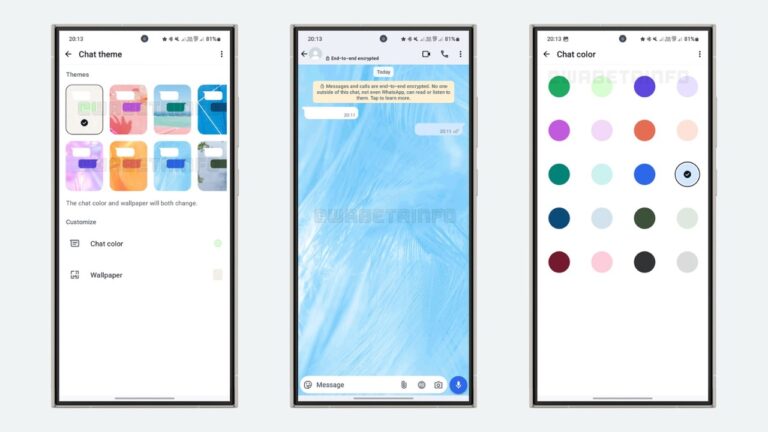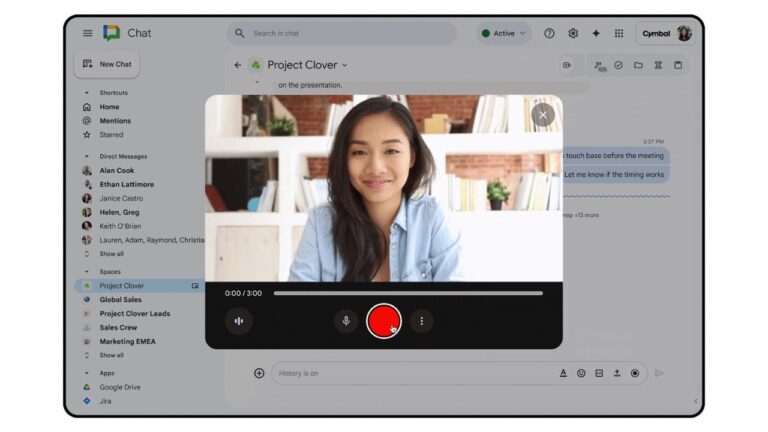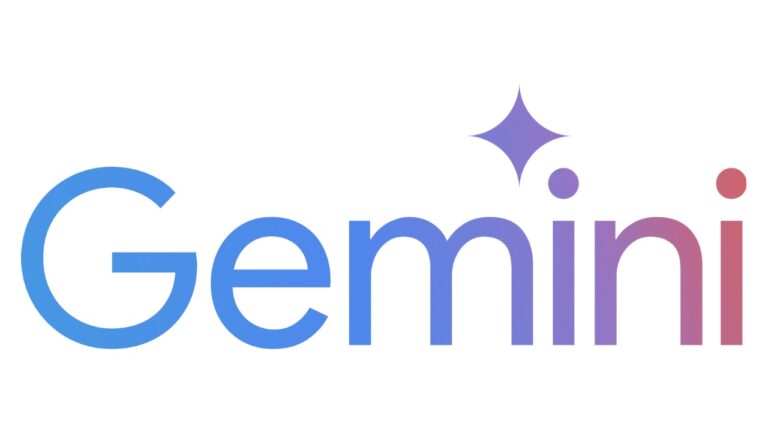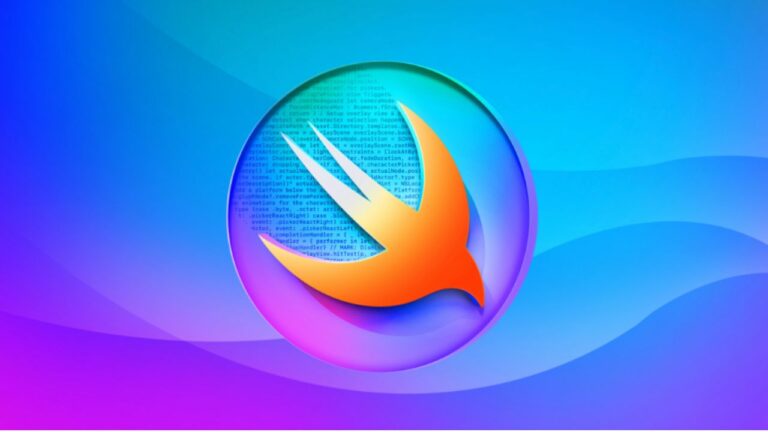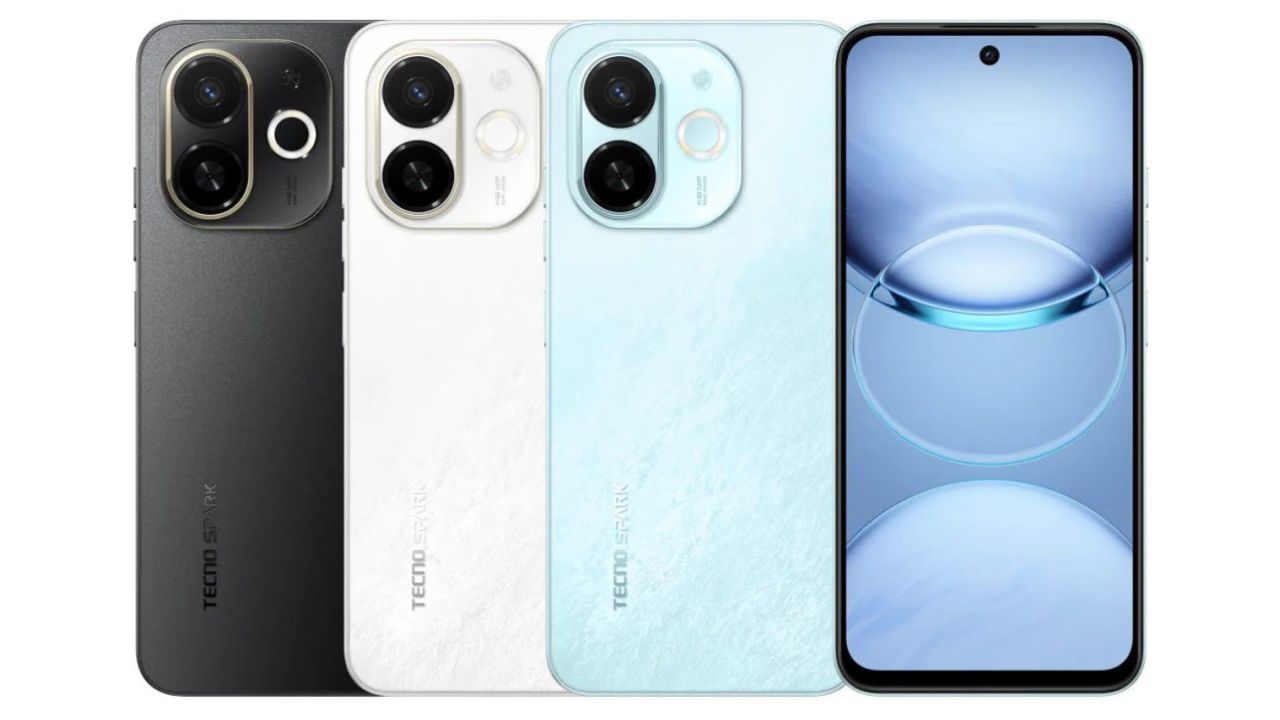Nothing announced the roadmap of its Open Beta of Nothing OS 3.0 for Nothing Phone (2), Phone (2a), Phone (2a) Plus, Phone (1), and the CMF Phone 1 earlier this week. Following the announcement, users were surprised to see the Phone (2a) receiving the Open Beta of Nothing OS 3.0 ahead of the Phone (2), the brand’s flagship model, especially since the Phone (2a) is a lower-end mid-range device. Nothing has since provided an explanation for why this occurred and said that the Phone (2) and Phone (2a) will receive the stable build of Nothing OS 3.0 simultaneously
As explained in a community post, Nothing says that it is a young company, and has a relatively smaller team than established brands developing and maintaining Nothing OS. Due to that, it has to make choices about how the teams do the work that’s needed to ensure it is maintaining the quality and pace of development the company desires.
“Staggering releases is a tried-and-tested method that even the biggest makers use and it’s the one we’ve chosen as well. It allows us to gather the feedback we need to make adjustments and fixes that roll into the other devices in the portfolio,” said the brand.
As for why Phone (2a) received Open Beta of Nothing OS 3.0 before Phone (2), the brand explained that it prioritised its newest and best-selling phones: Phone (2a), so it could receive the “best feedback.” The Software team aims to use the larger sample size to collect the insight they need and then rapidly move to Phone (2) and close on Phone (1) / Phone (2a) Plus and CMF Phone 1, says Nothing.
Read More: Nothing OS 3.0 Overview: Superficial or Big Changes?
Furthermore, Nothing noted that it received significant support from MediaTek as to how quick it optimised the software for the Dimensity 7200 Pro that’s used in the Nothing Phone (2a), compared to Qualcomm’s turnaround time for the Snapdragon 8+ Gen 1 employed in the Phone (2).
”So instead of holding it back to wait for the Phone (2) implementation, we wanted some of our users to start testing Nothing OS 3.0 beta as soon as possible. This allows us to begin collecting feedback and ensure we’re ready to start rolling out Nothing OS 3.0 public release by the end of the year,” read the community post.
Nothing says it “could do all the betas at the same time” but it would have caused a delay in releasing the first open beta, which would have made users wait until January and further pushing out the full release. “We talked about this option but rejected it as we felt you would prefer to try it as quickly as possible and, for us, it would mean delaying vital feedback,” the post added.
Nothing also confirmed that it will improve the release timelines in the future as it continues to receive feedback from users, scale its capabilities, and update its processes.
In addition, the company announced that the final and stable build of Nothing OS 3.0 for Nothing Phone (2) and Phone (2a) will be released at the same time.


